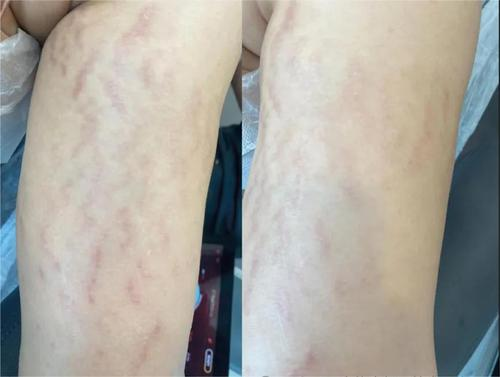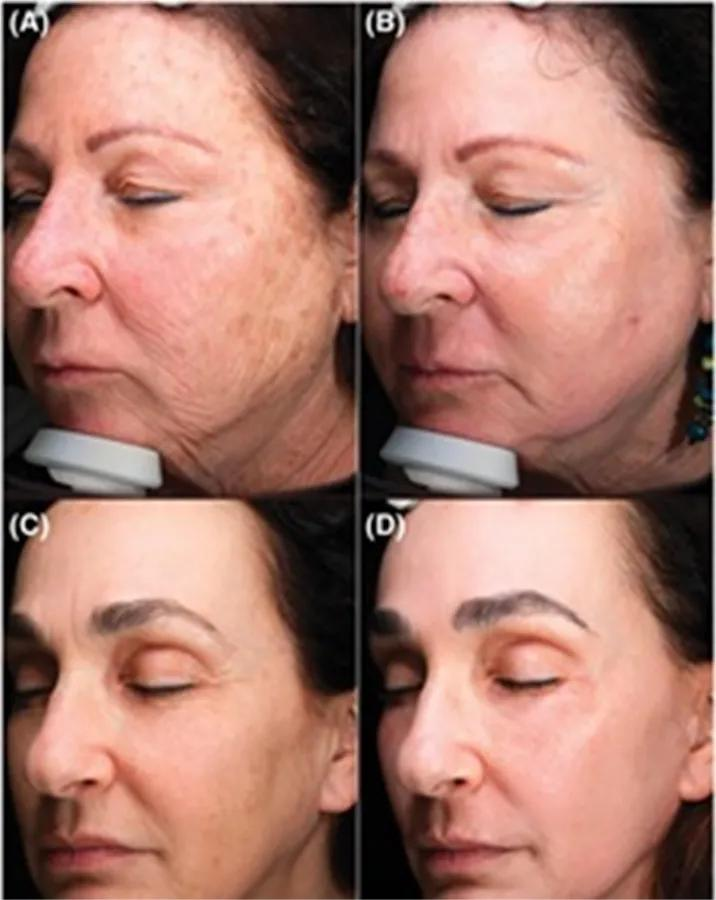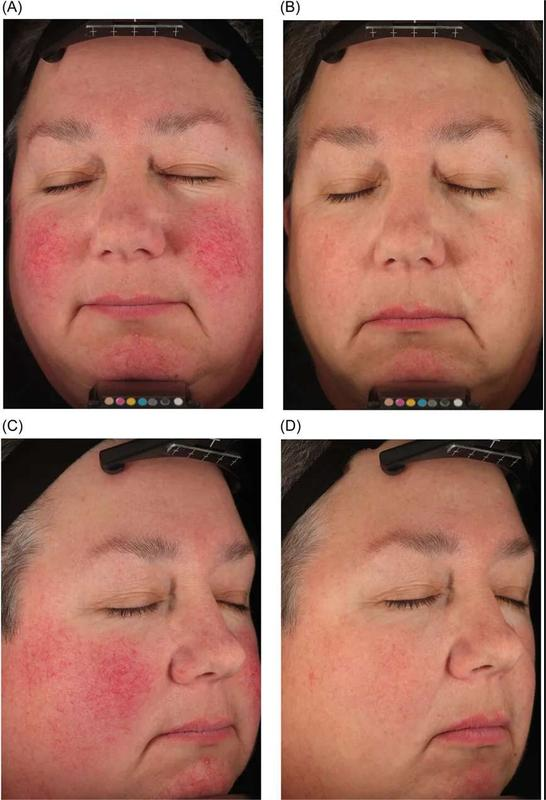01 introduction
The working principle of modern skin beauty lasers is based on the theory of selective photothermal effect, which enables lasers of a certain intensity and specific wavelength to be specifically absorbed by target chromophores (such as melanin, hemoglobin, water, etc.) in the tissue, thereby destroying the target; at the same time, the laser pulse width is controlled within an appropriate range, such as nanoseconds or even picoseconds, so that the energy can be highly concentrated on the target tissue, releasing a large amount of energy in a very short time, achieving precise destruction of the target, while minimizing damage to the surrounding normal skin tissue, and reducing the incidence of adverse reactions such as erythema, blisters, and pigmentation, thereby significantly improving the safety and effectiveness of treatment.

02 Scar Removal
As scars in the dermis caused by excessive skin stretching, striae gravidarum or stretch marks include the difficult-to-treat red striae (SR) and white striae (SA). Their formation mechanism and treatment challenges have always been the focus of dermatological research. Early stage (red striae SR): Skin stretching causes the rupture of collagen fibers and elastic fibers in the dermis, local vascular dilation and congestion, manifested as red or purple-red stripes, accompanied by inflammatory reactions (such as fibroblast activation and increased expression of matrix metalloproteinases). Late stage (white striae SA): After the inflammation subsides, the broken collagen fibers are replaced by disordered scar tissue, the blood vessels atrophy, the epidermis becomes thinner, and white or silver-white concave stripes are formed, and the elastic fibers are almost completely lost. In the early stages of SR, there are several treatments that can improve its appearance, including topical retinoic acid, microdermabrasion, mesotherapy, microneedling, radiofrequency, photothermolysis, carboxyl therapy, intense pulsed light, ablative and non-ablative lasers, and fractional lasers; however, there is currently no consistently effective treatment. Laser has recently become an alternative treatment, and thermotherapy devices and laser-assisted mesotherapy are currently one of the most popular treatment options. Researchers from the Department of Dermatology at Nisantasi University School of Medicine in Turkey compared the efficacy of fractional CO₂ laser alone and combined with Q-switched Nd:YAG laser in the treatment of SR and SA. The study found that combined treatment seemed to be more effective in improving vascularity, atrophy, and the width and length of stretch marks. The treatment is shown in Figure 1.

Figure 1. The number of SRs in the upper arm of a female patient treated with 3 fractional CO2 laser combined with Q-switched Nd:YAG laser treatments was significantly reduced, with a good clinical response.
03 Laser Beauty
The aging process in the periocular region results in a variety of skin changes, including fine and coarse wrinkles, dryness, skin laxity, uneven texture, and pigmentary abnormalities. Surgical interventions can achieve the best results for periocular rejuvenation. Nevertheless, the long recovery time and potential surgical risks prompt many patients to choose nonsurgical options, even at the expense of suboptimal results. Common techniques used for the periocular area include ablative and non-ablative fractional lasers, radiofrequency devices, intense pulsed light (IPL), and microfocused ultrasound (MFUS). More aggressive modalities, such as ablative fractional lasers, provide the most impressive clinical results but require a longer recovery period with prolonged erythema and possible adverse reactions. Non-ablative fractional lasers (NAFL) offer subtle clinical improvements with a short recovery time and a favorable side effect profile. To leverage the advantages of ablative and non-ablative fractional lasers, professionals at the Hebrew University of Jerusalem School of Medicine have developed a hybrid laser device that combines the 2 modalities for the treatment of periorbital wrinkles. Representative patient treatment results are shown in Figure 2.

Figure 2. Representative patient photographs taken before (A and C) and after (B and D) laser treatment.
04 Vascular diseases
Rosacea, also known as rosacea, is a chronic inflammatory skin disease with erythema and telangiectasias that occur primarily on the central face. It is an extremely common disease characterized by facial flushing and blushing, acneiform papules and facial redness, and telangiectasias. It is caused by a genetic predisposition to long-term sun exposure leading to spider veins and erythema, and often progresses to include the development of acneiform papules and even hypertrophy of sebaceous glands and stromal tissue on the nose, called rhinophyma. The general treatment is to use drugs to suppress flushing by causing facial vasoconstriction, but it can only temporarily mask the symptoms of flushing and redness and often leads to unacceptable rebound erythema. Lasers have been used to treat vascular lesions for more than three decades with a very good safety profile and a low risk of scarring. The Main Line Laser Surgery Center in Ardmore, Pennsylvania, USA, used a solid-state Nd:YAG laser with a wavelength of 532 nm with a KTP frequency-doubled crystal to treat 21 subjects. The laser can selectively target hemoglobin within unwanted vessels, trace linear vessels individually, and then treat the entire facial surface to further remove linear vessels and treat diffuse erythema, with the results shown in Figure 3.

Figure 3. Images before (A, C) and after (B, D) three treatments using a high-energy, variable pulse duration, tunable pulse structure 532 nm KTP laser combined with spray cooling.
05 Summarize
With the continuous development of laser technology, modern skin beauty lasers have integrated innovative means such as dynamic cooling technology and fractional laser technology . Dynamic cooling technology can instantly cool the skin surface before, during and after laser emission, further protecting the epidermis and reducing thermal damage; fractional laser technology divides the laser beam into many tiny laser beams, only treating part of the skin tissue, preserving the surrounding normal tissue, speeding up the skin's repair speed, so that patients can obtain good treatment results while having a shorter recovery period and lower risks, making laser beauty technology a qualitative leap in safety and effectiveness.
https://www.y-crystaled.net/application-and-development-of-laser-in-medical-beauty-industry.html
www.y-crystaled.net
Shenzhen Yuanjing Optoelectronics Technology Co., Ltd.
